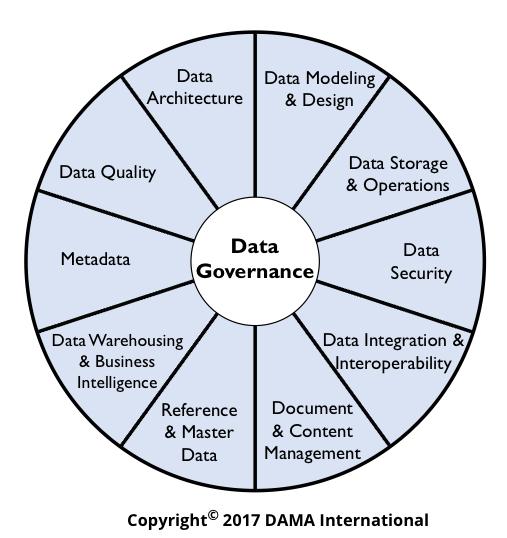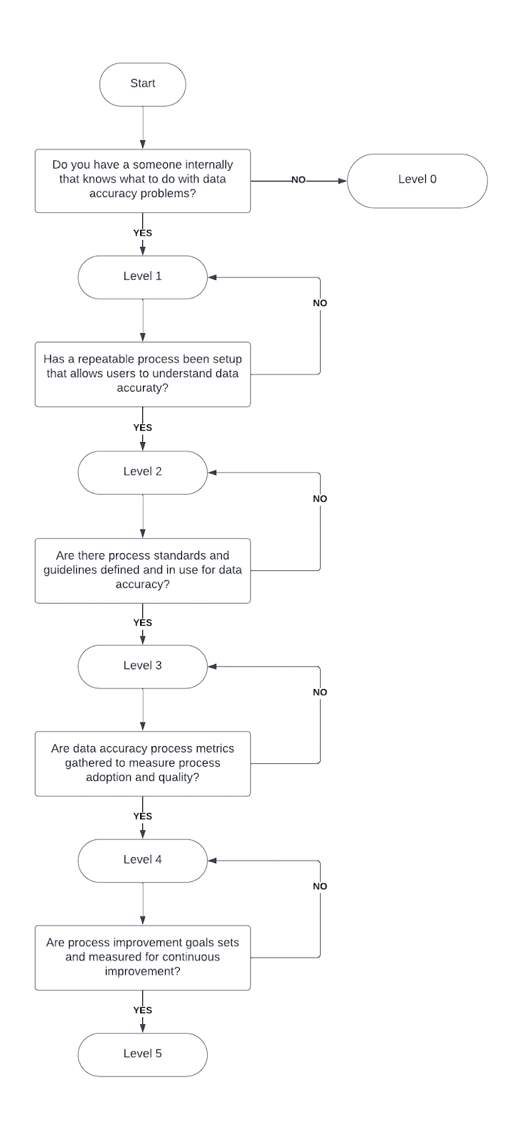
More data is being created and consumed every day, and businesses face a deluge. They also face a simple truth: data is only as valuable as your ability to effectively manage it, especially as artificial intelligence’s (AI) impact grows.
Within this reality, understanding how to measure and improve your data maturity is key. Data maturity is how well your team, technology, and processes support the storing, handling, and usage of your data. For software engineering maturity assessment, Carnegie Mellon University developed CMMI, the Capability Maturity Model. For data, there is an equivalent tool called a “Data Maturity Model” to assess your current data maturity and identify areas for improvement.
Performing an assessment might feel overwhelming, especially for those new to the concept of data maturity. I’m here to help – I’ve worked with data engineers, data platform owners, data architects, data scientists for three decades, and can save you some time in the sea of models, opinions, and debates that exist in the area of data.
Let’s dive into the longest-lived model used to assess your data maturity: The DMBOK Wheel.
The DMBOK Wheel
The Wheel was created by DAMA International, as part of their Data Management Book of Knowledge (DMBOK). I’ve explored various assessment options over the years, and this remains the most comprehensive one. It’s what we’ll use for the series, with some important updates to make it more relevant to modern data platforms
Note that while DAMA has also published an “evolved wheel,” we’ll be sticking with the original, as we feel it’s the most accessible and productive option for people new to data maturity.

Image Source: DAMA International
The Wheel consists of 11 key knowledge areas related to data management. You may see debate about the number of areas, and what they are, but for our purposes we’ll follow the traditional 11:
- Data Governance: This is in the center because all the other areas depend upon it. It encompasses policies, procedures, and standards to ensure effective and responsible data management.
- Data Architecture: The design and organization of data assets and data management resources.
- Data Modeling and Design: Creating and maintaining data models to represent the structure of an organization's data.
- Data Storage and Operations: The storage, retrieval, and maintenance of data in various formats and structures.
- Data Security: Encompasses all measures to protect data assets from unauthorized access, disclosure, alteration, and destruction.
- Data Integration and Interoperability: Covers combining and sharing data from different sources to provide a unified view.
- Document and Content Management: The creation, capture, storage, and retrieval of documents and unstructured content.
- Reference and Master Data Management: Managing reference and master data to ensure consistency and accuracy.
- Data Quality Management: All activities related to ensuring the accuracy, completeness, and reliability of data.
- Data Warehousing and Business Intelligence: The design and implementation of data warehouses and the use of business intelligence tools.
- Metadata Management: The creation, maintenance, and use of metadata to enhance data understanding and management.
While technology continuously evolves, these core areas of data management remain constant. They provide a solid foundation upon which organizations can build and adapt to new technological advancements.
Assessing Your Data Maturity: The Level System
Each knowledge area in the DMBOK Wheel is assessed using a level system, ranging from 0 (Absent) to 5 (Optimized). This system helps you understand where your organization currently stands and what your aspirational level should be.
Traditionally, these levels are:
- 0 - Absent: Absence of capability
- 1 - Initial or Ad Hoc: Success depends on the competence of individuals
- 2 - Repeatable: Minimum process discipline in place
- 3 - Defined: Standards are set and used
- 4 - Managed: Processes are quantified and controlled
- 5 - Optimized: Process improvement goals are quantified
Visualizing Your Data Maturity
Plotting these levels on a graph provides a clear visual representation of your current state and desired future state. This helps in identifying gaps and areas needing improvement.

Sample chart from the DMBOK
The knowledge areas can also be thought of as “buckets” that your data assessment questions fall into. For example, at BBI we work with customers across data management challenges. A customer may say, “We lose so much time debating whether data is accurate. What can we do to catch errors before they show up in a report or dashboard and impact the business?”
This is a data quality question and falls into that bucket, leading us to ask a series of data quality exploratory questions; they may include:
- Do you have someone internally that knows what to do with data accuracy problems?
- Do you have a repeatable process that allows users to understand data accuracy?
- Are there process standards and guidelines defined and in use for data accuracy?
- Are data accuracy process metrics gathered to measure process adoption and quality?
- Are process improvement goals set and measured for continuous improvement?
Based on the answers, we’ll be able to assess where the customer’s current data quality level is and go from there. You can also visualize this as a simple flow chart.

Sample data quality assessment flow chart
If you want to explore the DMBOK method, the book is a great resource. But if you just need to figure out how to more effectively manage your data, the overview here gives you all the language and concepts you need to move forward.
You can also learn more about DMBOK by checking out these resources:
- Is DAMA-DMBOK still relevant?: A discussion on r/dataengineering
- Data Management Body of Knowledge: The Skeleton of Data Management: A deeper read on DMBOK from Abhishek Prasoon
- Data Maturity Models: Why Having Capabilities in Place Isn’t Enough: A comprehensive assessment of different types of maturity models from Willem Koenders
Next Steps: Data Maturity in the AI Era
Conversations about AI, data mesh, data contracts, and data observability are happening across industries, and too often they don’t include going back to first principles. For example, if you are not yet at level 3 with data governance then introducing new programs and concepts can be a huge disappointment. Effectively managing your data gives you a foundation to enable transformative technology like data mesh, data contracts, data observability, or generative AI (and whatever comes next).





